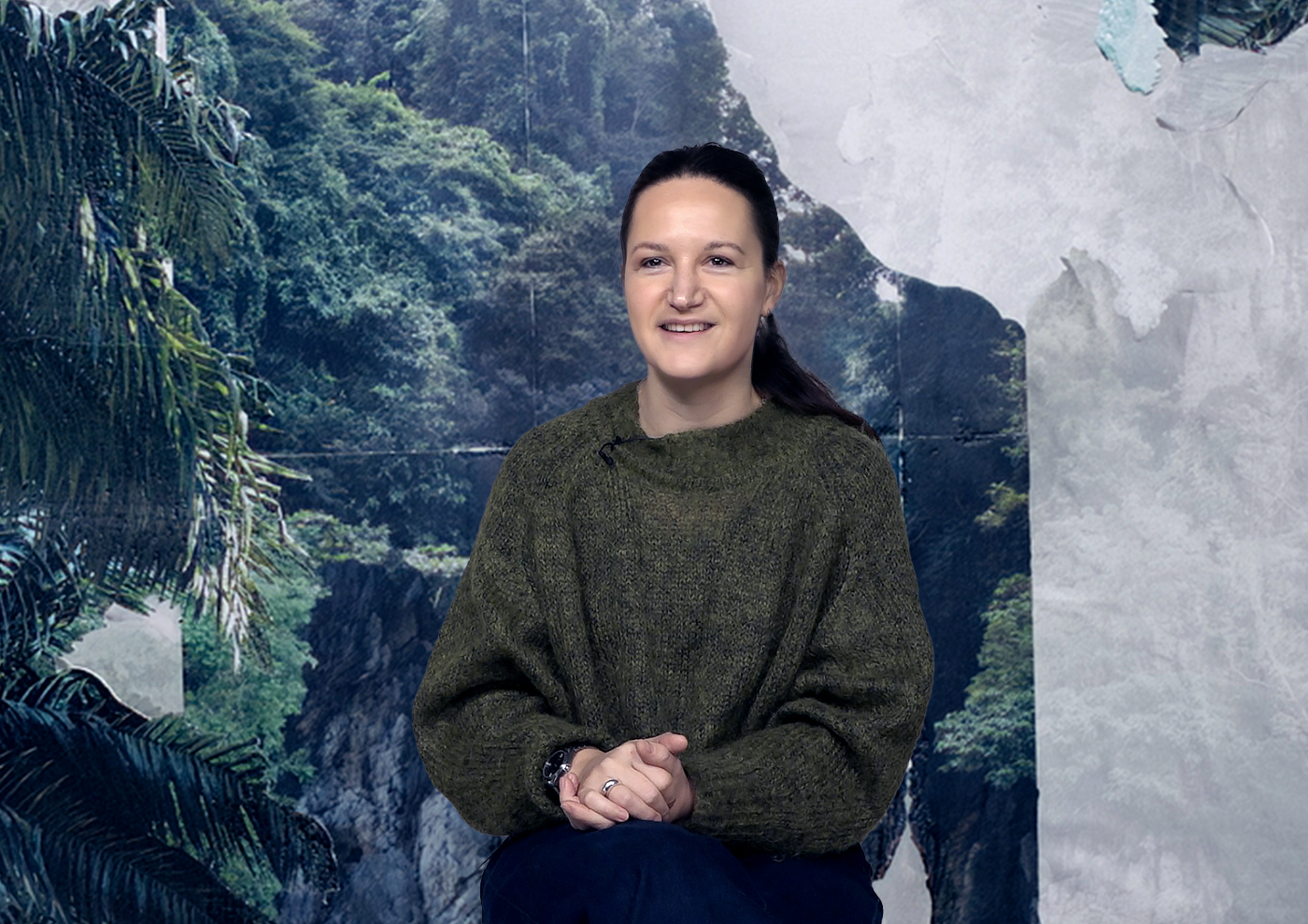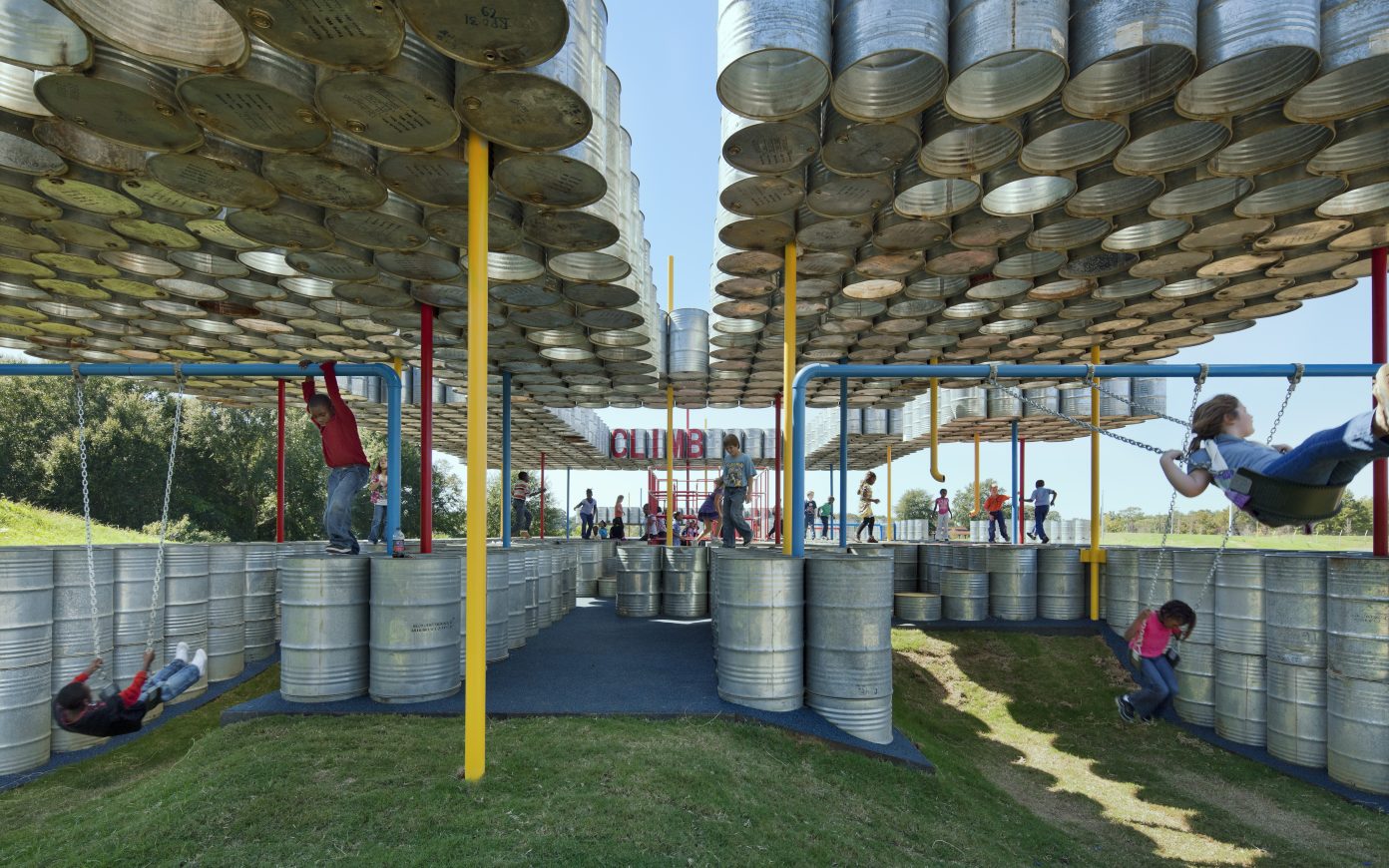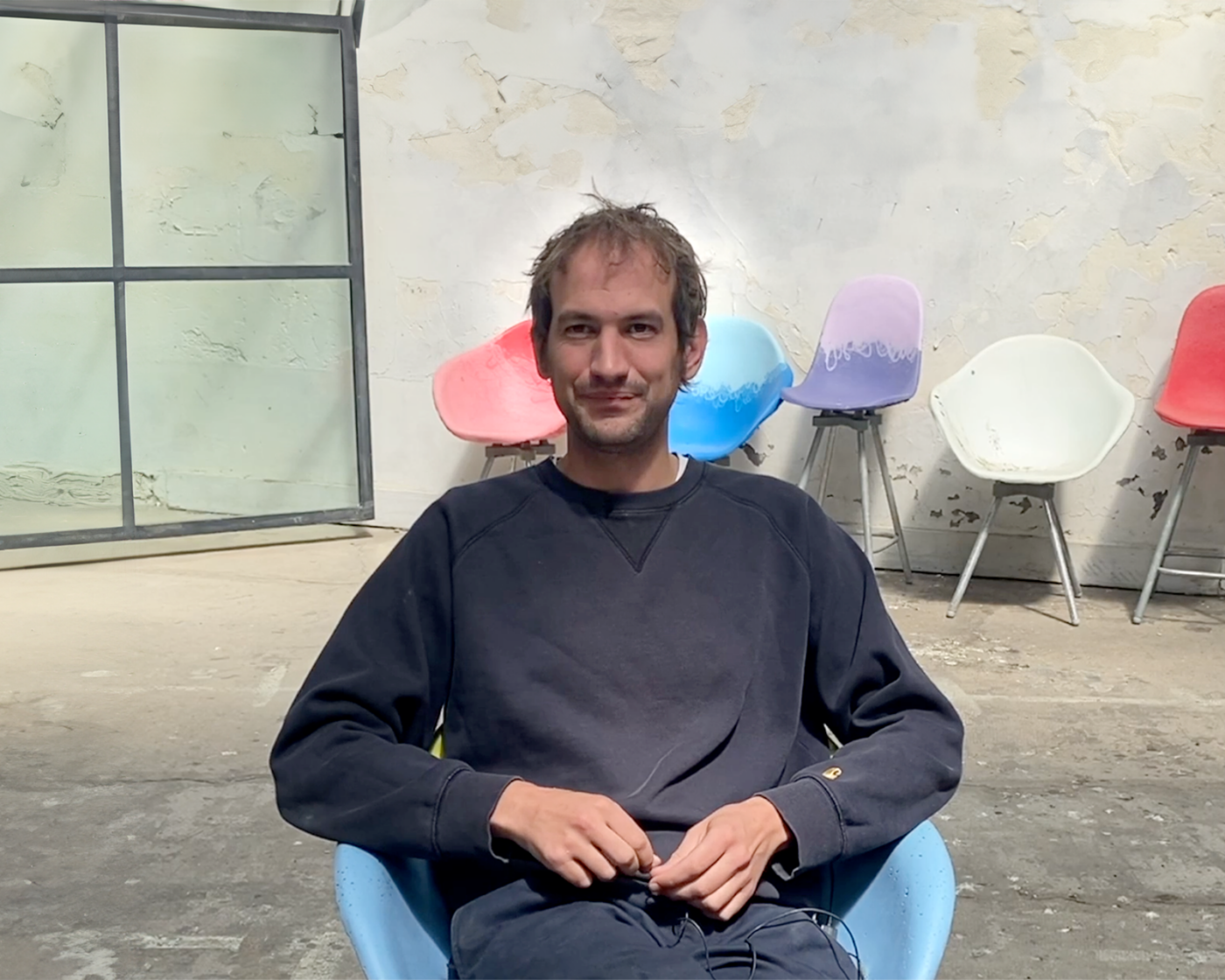Soil
“ Making the most out of urine in agriculture isn't a technological or technical issue, it's a matter of social organization. ”
“ Making the most out of urine in agriculture isn't a technological or technical issue, it's a matter of social organization. ”
Recycling urine to fertilize the soil
Since urine is an inexhaustible ecological fertilizer, why not use it instead of chemical fertilizers that are expensive to produce? Designer Louise Raguet suggests bringing back to the fields what has been collected there. Her research with the LEESU laboratory (École des Ponts) has led her to develop a unique project: urine separation in the future Saint-Vincent de Paul district of Paris.

Representing geological time
Noémie Goudal is a visual artist. Finalist for the 2024 Marcel Duchamp award, she works on our relationship with time, with a particular interest in paleoclimatology: the history of ancient climates. Basing her artistic work on the research carried out by contemporary scientists, she questions our relationship with the landscape and its movement, redefining our perception of the world.
“ What can we change in the way we inhabit the land to preserve the soil as an environment? ”
“ What can we change in the way we inhabit the land to preserve the soil as an environment? ”
Soil as an environment, property as an inhabiting capacity
Elissa Al Saad is an architect and laureate of the 2023 Palladio Fellowships for her thesis on soil as an environment. By comparing different possible forms of land appropriation, she raises the issue of preserving land resources in relation to ownership. The aim is to think of property as a support for a way of inhabiting that considers land as a common good.
Explorer Tous les tags
 stream voices
stream voices
Eager to share more generously the results of its collaborations and research, PCA-STREAM publishes STREAM VOICES, its online magazine!








